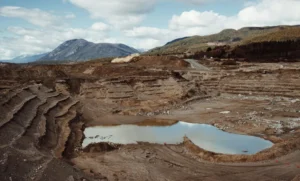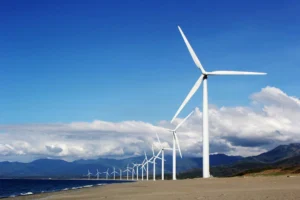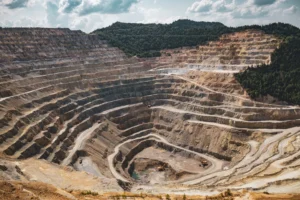Consider a yard that looks beautiful, uses less water, and helps the environment. Standard landscaping practices usually waste resources, but with sustainable methods, your outdoor space can grow while being eco-friendly.
This article will provide practical, easy to follow tips on how to design a sustainable landscape, conserve water, incorporate energy-efficient features, and support local wildlife.
Whether you’re redesigning your garden or looking for small changes, these tips will guide you toward creating an outdoor space that benefits both your home and the environment.
Planning Your Sustainable Landscape
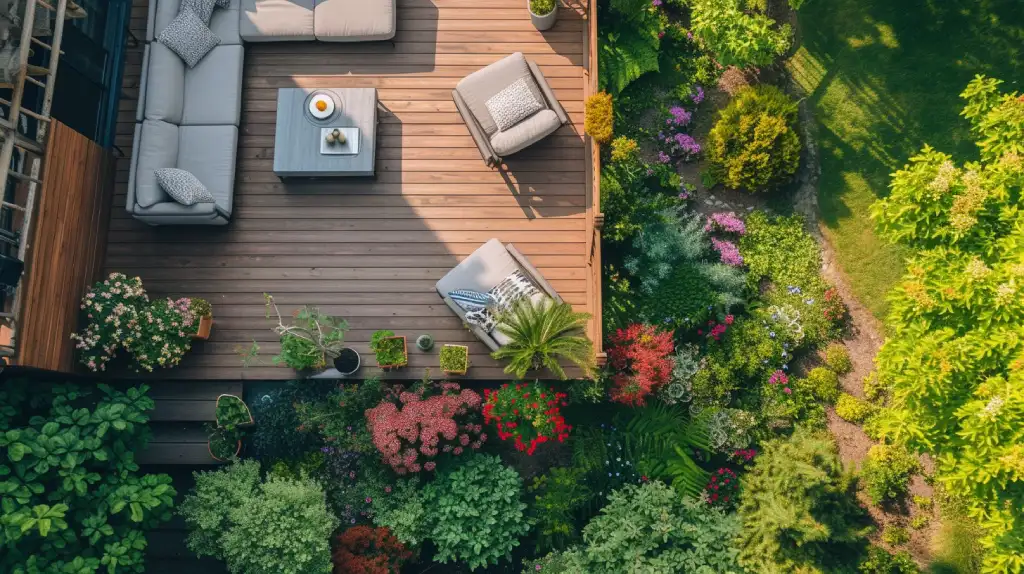
A well-planned landscape is the foundation of sustainability. Start by understanding your soil’s needs and choosing the right plants.
- Soil Testing and Preparation: Before planting, test your soil to determine its pH and nutrient levels. Healthy soil reduces the need for fertilizers and promotes plant growth.
- Local and Water Saving Plants: Choose local plants that are well-adapted to your region’s climate. They require less water and care. Drought-resistant plants, such as succulents and ornamental grasses, grow in low-water environments.
- Reducing Lawn Size: Lawns often consume large amounts of water and energy. Reducing the size of your lawn can help conserve water and make room for more diverse plant life.
By selecting plants that suit your local environment and limiting water-thirsty lawns, you can create a sustainable and low-maintenance yard.
Water Conservation Methods

Water is a precious resource, and conserving it is important to sustainable landscaping.
- Rain Barrels: Installing rain barrels allows you to collect and reuse rainwater for your plants. This simple method helps reduce water bills and reduces the use of treated water.
- Drip Irrigation Systems: Drip irrigation delivers water directly to the roots, reducing evaporation and making sure that plants get the hydration they need. It’s especially effective for gardens with mixed plants that have different watering needs.
- Mulching: Adding a layer of mulch around your plants helps retain moisture in the soil, keeping plants hydrated longer and reducing the need for frequent watering.
These water-saving methods can highly reduce your outdoor water usage, making your landscape both eco-friendly and efficient.
Energy-Efficient Outdoor Features
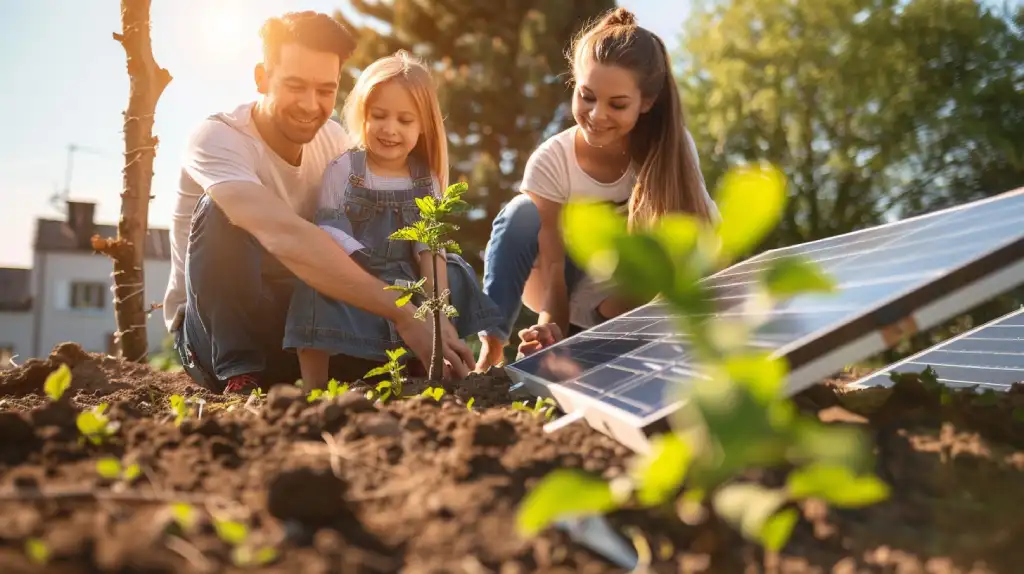
Beyond water, energy efficiency is very important in sustainable landscaping.
- Solar-Powered Garden Lights: Solar lights are a great way to light up your garden without using electricity. These lights charge during the day and automatically light up at night, reducing your energy consumption.
- Eco-Friendly Outdoor Construction: When planning pathways or patios, choose for sustainable materials such as recycled stone or wood. Breathable pavers allow rainwater to seep through the ground, reducing runoff and supporting healthy soil.
- Shade Trees for Cooling: Planting trees in well placed locations can provide shade for your home, reducing the need for air conditioning in the summer. Trees also improve the beauty of your yard and provide natural habitats for wildlife.
By combining energy-efficient features, your outdoor space can not only look great but also reduce your environmental footprint.
Wildlife-Friendly Landscaping
Sustainable landscaping benefits your yard and it can also create a good environment for local wildlife.
- Creating Pollinator Gardens: Pollinators such as bees and butterflies are essential for a healthy ecosystem. Planting a variety of flowers that bloom throughout the seasons can provide food for these important creatures all year.
- Natural Habitats for Birds and Insects: Include trees, shrubs, and wildflowers that provide shelter and food for birds and insects. Building birdhouses or insect hotels can also promote wildlife to take up residence in your yard.
- Avoiding Harmful Chemicals: Pesticides and chemical fertilizers can harm wildlife and pollute water sources. Choose organic gardening methods, such as composting and natural pest control, to keep your garden healthy without harming the environment.
Supporting biodiversity in your yard can improve the health of your plants and create a lively, booming ecosystem.
Final Thoughts
Sustainable landscaping is an excellent way to create a beautiful, eco-friendly outdoor space that conserves resources and supports local wildlife.
By carefully planning your landscape, conserving water, combining energy-efficient features, and making your yard a peaceful place for pollinators and other wildlife, you can make a positive impact on the environment.
Start small or make larger changes, every step toward sustainability helps build a greener future for our planet.

